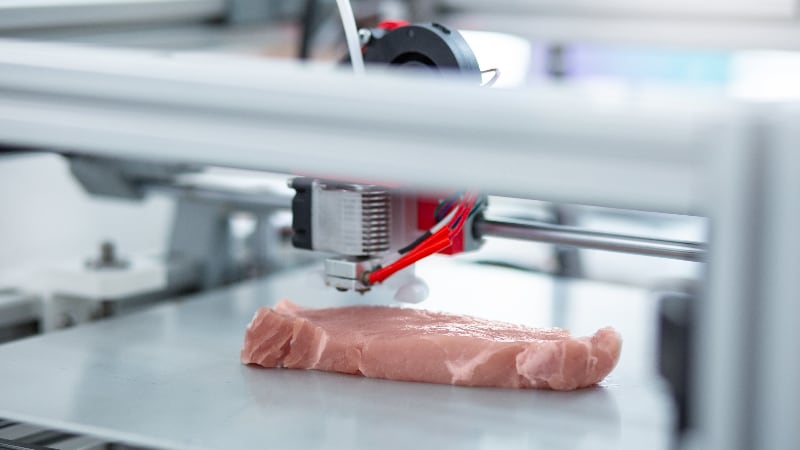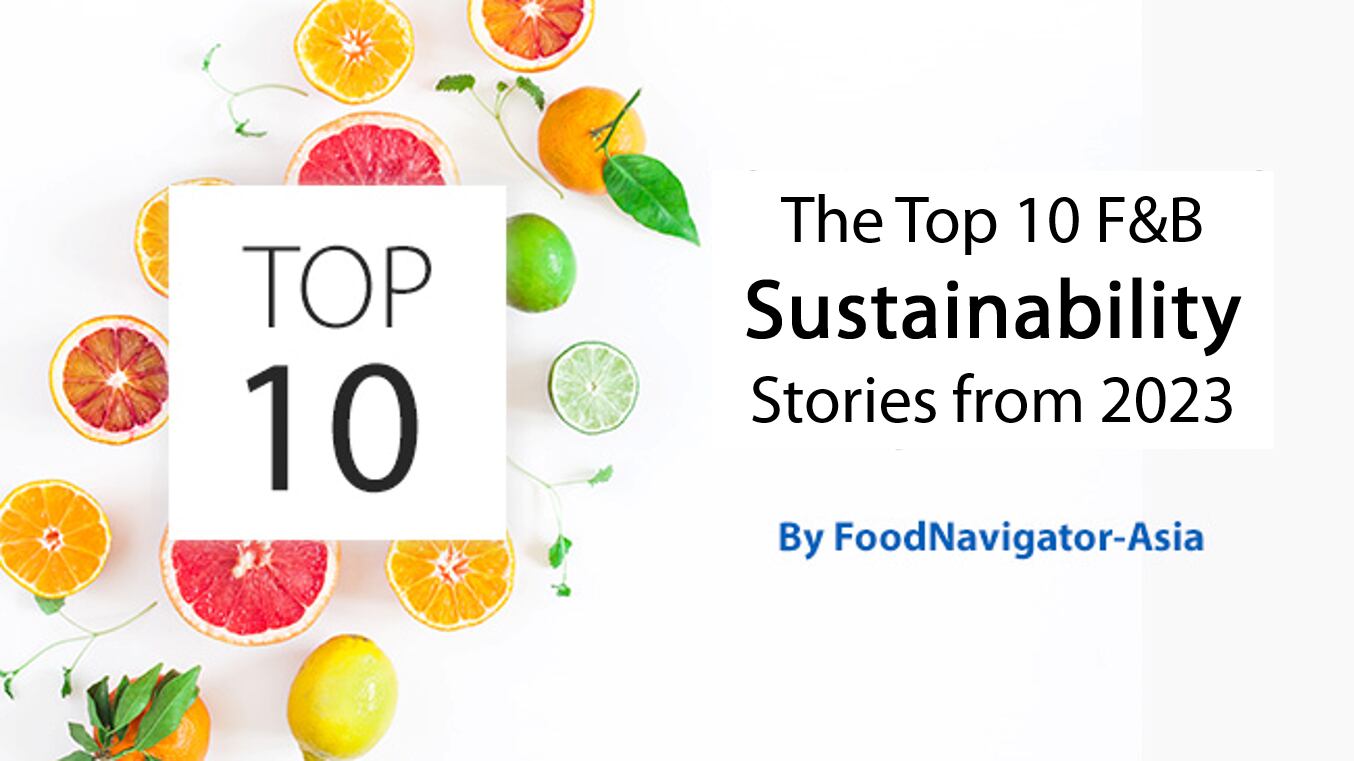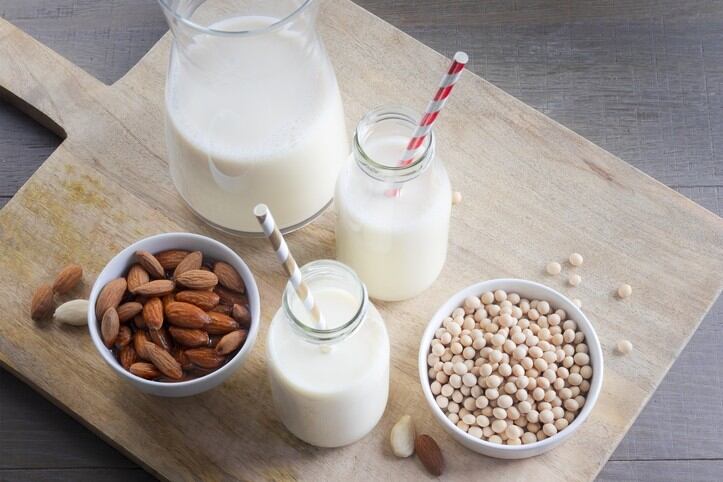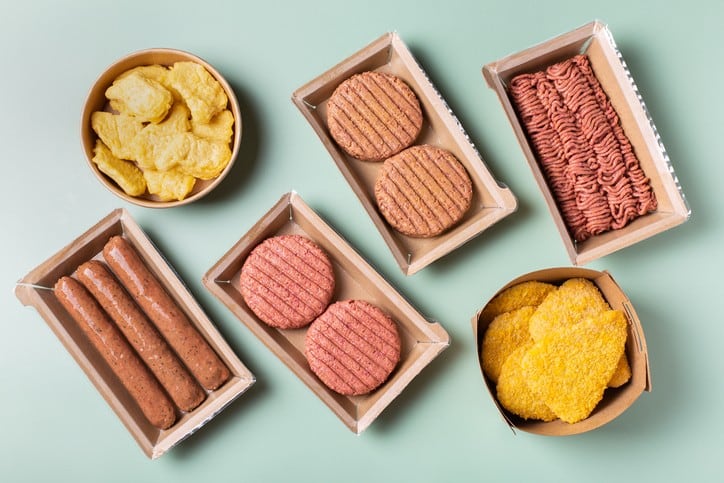Animal meat has been a main source of nourishment for generations in the Central Asia region, which reportedly has a higher-than-global average level of meat consumption per capita.
For instance, Kazakhstan has the highest per capita consumption of sheep meat in the world, with an average of 8.5kg per person annually, according to World Population Review.
Besides health problems caused by excessive meat intake, there are also growing concerns about food security and the environmental impact of meat production.
However, encouraging populations to shift towards plant-based alternatives poses practical challenges that call for innovative approaches.
The convergence of 3D printing technology with the food industry holds significant promise. Through 3DFP, plant-based substitutes that do not rely on livestock can be created.
As such, a group of researchers from Kazakhstan conducted a review of recent studies to explore the utilisation of common plant-based protein sources, such as soybean, pea, lentil and buckwheat, for 3DFP.
“3DFP involves producing meat and dairy substitutes using plant-based ingredients that are 3D-printed into a desired shape and texture. One of the most significant applications is the production of cell-based meat.
“In places such as Central Asia where meat consumption is firmly ingrained in culture, 3DFP can play a critical role in manufacturing plant-based alternatives that mimic the flavour and feel of traditional meat, helping the transition to more sustainable eating patterns,” the authors wrote.
Although 3DFP is still in its early stages, the researchers believe that it has opened new possibilities for personalised nutrition, and could revolutionise the industry by providing a more eco-friendly and ethical approach to food production.
“Currently, the list of 3D-printable food types is still limited. But as research in this field progresses, an increase in innovative applications of 3D printing technology in the food industry can be expected.”
Buckwheat in focus
Plant-based food sources comprise diverse nutritional profiles. For example, pea protein is rich in essential amino acids, particularly lysine and threonine. It is also easily digestible, and has been shown to reduce blood pressure and improve kidney function.
Lentils, which are high in protein and fibre, may be ground into flour to make textured foods with customisable taste. Soybeans, also known for high protein content, are widely employed in plant-based alternatives.
Buckwheat is a gluten-free grain that is abundant in protein, fibre, vitamin B6, magnesium, zinc, and other antioxidants. It has also been reported to help lower cholesterol levels.
Findings from the review indicated that buckwheat, a dietary staple in Central Asia, could be an ideal candidate for 3DFP, as it is commonly cultivated in the region and contains a range of properties suitable for specific 3D-printing applications.
“Buckwheat is a unique material in the realm of 3D printing due to its distinct characteristics. Buckwheat-based filaments can produce prints with a slightly grainy texture. This can be desirable for certain applications where a natural, organic appearance is preferred.
“Due to its rheological properties that are highly suitable for 3D printing, buckwheat performs as the best option among cereal grains. Furthermore, 3D-printed samples achieved good self-supporting properties by stirring and cooling buckwheat-based ingredients.”
Buckwheat production is also advantageous from an environmental standpoint. The quick growth cycle of buckwheat, as well as its ability to flourish with minimal synthetic inputs needed, decrease the chances of soil erosion and chemical discharge.
“Incorporating plant-based proteins into one’s diet can be a great way to improve health and reduce carbon footprint. These plants can be used to prepare a variety of dishes, including soups, stews, salads, and smoothies, and as supplementation in the form of protein powder.
“However, it is important to note that these plants are most effective when combined with other ingredients and under optimised experimental conditions. Further research is warranted to optimise processing techniques and explore potential synergies with other food materials.”
Challenges for widespread adoption
To successfully integrate 3D printing in food manufacturing, printing parameters such as layer height, print speed and nozzle size, must be adequately understood and controlled.
Layer height refers to the thickness of each individual layer that constitutes the final object. It is a parameter that directly affects the resolution and surface finish of a printed part. Although smaller layer heights result in finer details and smoother surfaces, they increase printing time.
Print speed determines how quickly the printer’s nozzle moves while extruding material. It affects the overall printing time and can impact the printed food’s quality. Due to less time for each layer to cool, higher print speeds may cause issues such as stringing or warping.
The nozzle size also plays a major role — smaller nozzles yield higher-resolution prints with detailed features, while larger nozzles enable faster printing but at a lower resolution.
Beyond these technical aspects, other barriers to broad adoption of 3DFP include procurement of high-quality plant-based materials, ensuring taste and texture consistency, and cost-effectiveness and scalability.
At the same time, consumer acceptance needs to be considered.
“Market trends indicate a shift towards innovative food technologies that align with sustainability and health trends, but this shift will require continuous engagement with consumers to understand their preferences and address their concerns.
“There is a need for strategic marketing and educational campaigns to build trust and familiarity with 3D-printed foods, so consumers would be willing to include them in their diets. Therefore, overcoming the technical, economic, and consumer-related challenges may be the key to unlocking the full potential of 3D printing in reduced meat consumption,” the researchers concluded.
Source: Frontiers
https://doi.org/10.3389/fnut.2023.1308836
“Reducing meat consumption in Central Asia through 3D printing of plant-based protein—enhanced alternatives—a mini review”
Authors: Ulanbek Auyeskhan, et al





